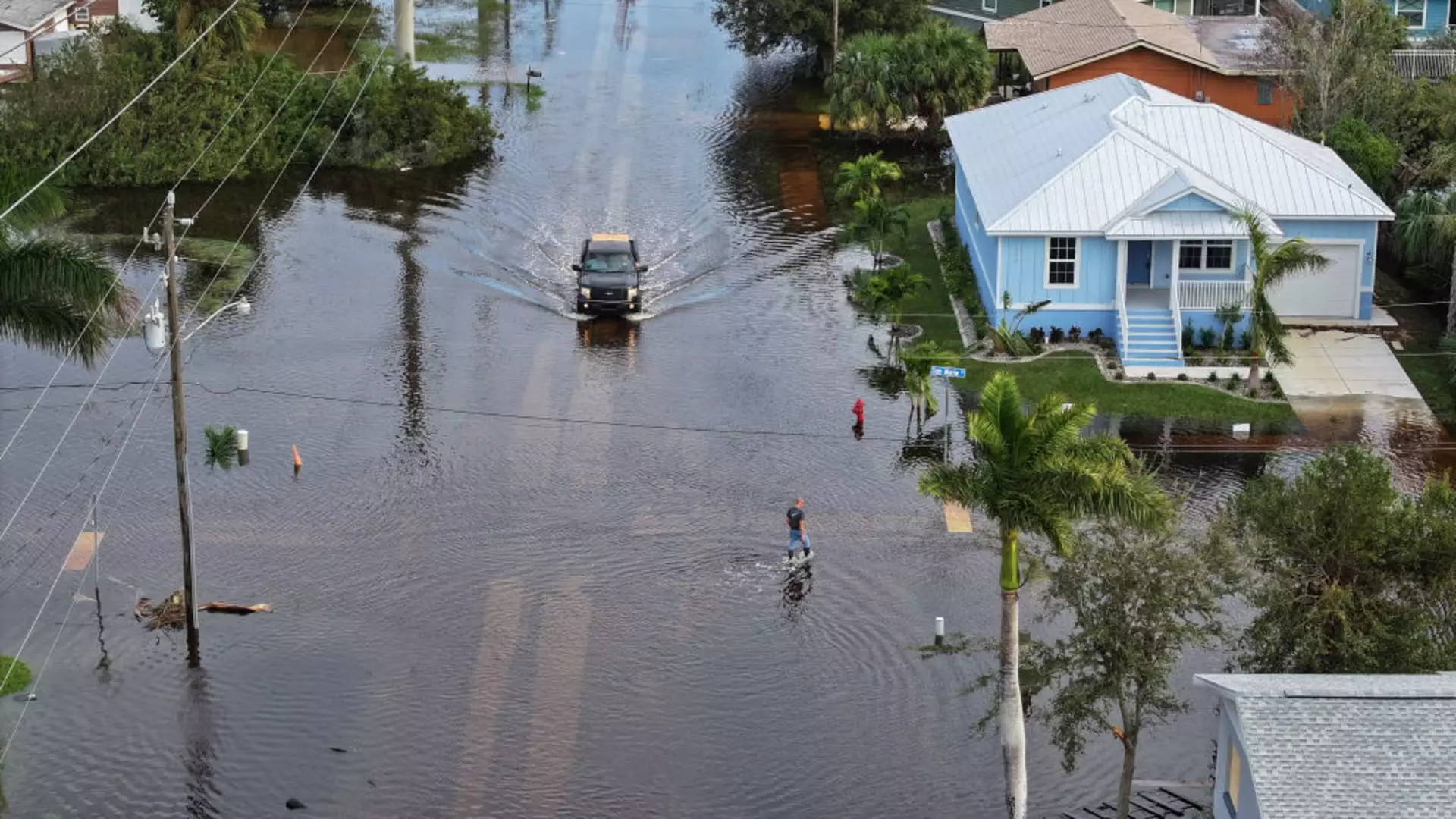As the summer sun blazes, it’s easy to forget about the storms lurking on the horizon. However, with the National Oceanic and Atmospheric Administration (NOAA) forecasting a staggering 60% chance of above-average hurricane activity for this season, the message couldn’t be clearer: brace yourself. This hurricane season, expected to unfold from June 1 to November 30, could unleash 13 to 19 named storms, with up to 10 projected to escalate into hurricanes. Among them, experts predict three to five could develop into catastrophic Category 3, 4, or even 5 hurricanes. The evidence is irrefutable. This is no time to be complacent about the protection of your home and livelihood.
Your homeowners insurance policy is not just a piece of paper; it’s your lifeline during a storm’s fury. Experts confirm that last year’s hurricanes alone generated $500 billion in property damages and economic losses, marking one of the most severe seasons on record. It’s abundantly clear that the stakes couldn’t be higher; if you fail to review your policy now, you could jeopardize your financial security when it matters most.
Understand Your Risk: The Importance of Proper Coverage
The first crucial step in ensuring you’re ready for an impending storm is to thoroughly analyze your current homeowners insurance policy. According to Charles Nyce, a professor in risk management at Florida State University, a comprehensive understanding of the variables at play is vital. Start by assessing the value of the property at risk. Raising concerns about underinsurance, Nyce notes that many Americans unknowingly risk being woefully underprepared due to outdated policy limits.
The consequences of neglecting this aspect can be harrowing. Construction costs have skyrocketed in recent years—labor has increased by over 36% while building materials have seen a staggering rise of approximately 42%. If your policy does not accurately reflect these changes, you may find yourself facing substantial out-of-pocket expenses in the event of a loss. The “80% rule” practiced by most insurers dictates that your coverage must reach at least 80% of your property’s replacement cost, and failing to meet this threshold can compound your losses significantly.
Deductibles Matter: Know What You’ll Need to Pay
Another often-overlooked aspect to consider is your deductible—essentially, the portion of a claim you’re responsible for covering. While it might seem tempting to raise your deductible to reduce your premium, it’s essential to do so with caution. For instance, a homeowner with a $1,000 deductible who submits an $8,000 claim is left with a $1,000 payment, with the insurance covering only what surpasses that deductible threshold. When disaster strikes, the last thing you want to worry about is having immediate funds available.
Moreover, don’t overlook wind deductibles that might specifically apply in hurricane situations. Unlike standard deductibles, these can be a percentage of your home’s value—leading to exorbitant costs. If you opted for a 2% wind deductible on a $500,000 property, your out-of-pocket expenses could reach $10,000 after a significant storm. It’s vital to scrutinize these dollar signs to ensure you remain financially intact in the face of devastation.
Flood Insurance: The Undeniable Necessity
One glaring vulnerability in most homeowners insurance policies is the absence of flood coverage. Homeowners often operate under the false assumption that their existing policies will cover flood damage, which is rarely the case. In the United States, flooding is responsible for 90% of disaster damage each year, according to FEMA. Therefore, even if you don’t live in a high-risk flood zone, investing in a separate flood insurance policy is a financial safeguard you cannot afford to dismiss.
Regrettably, many homeowners are shocked to learn that flood coverage typically requires a 30-day waiting period before taking effect. Those who wait until the storm is imminent will find themselves facing harsh realities should floodwaters rise unexpectedly. Flooding has become a reality for many regions, and their lack of preparedness has devastating consequences. The 2024 Hurricane Helene serves as a poignant reminder, causing extensive flooding, particularly in mountainous regions like Asheville, North Carolina—where flood insurance was virtually nonexistent for many.
The Call to Action: Don’t Delay Your Preparations
As the hurricane season unfolds, homeowners must become proactive. Collect supplies, assess damage potential, and most importantly, take a critical look at your insurance policies. Review coverage limits, understand your deductibles, and secure flood insurance now. The storm may be a season away, but disaster can strike at any moment, and the consequences of inaction may prove dire. The situation is urgent—whether it’s revising your insurance plan or strategizing your supplies, now’s the critical time to act. Don’t wait for the skies to darken; prepare in this sunny season for the inevitable storms ahead.

